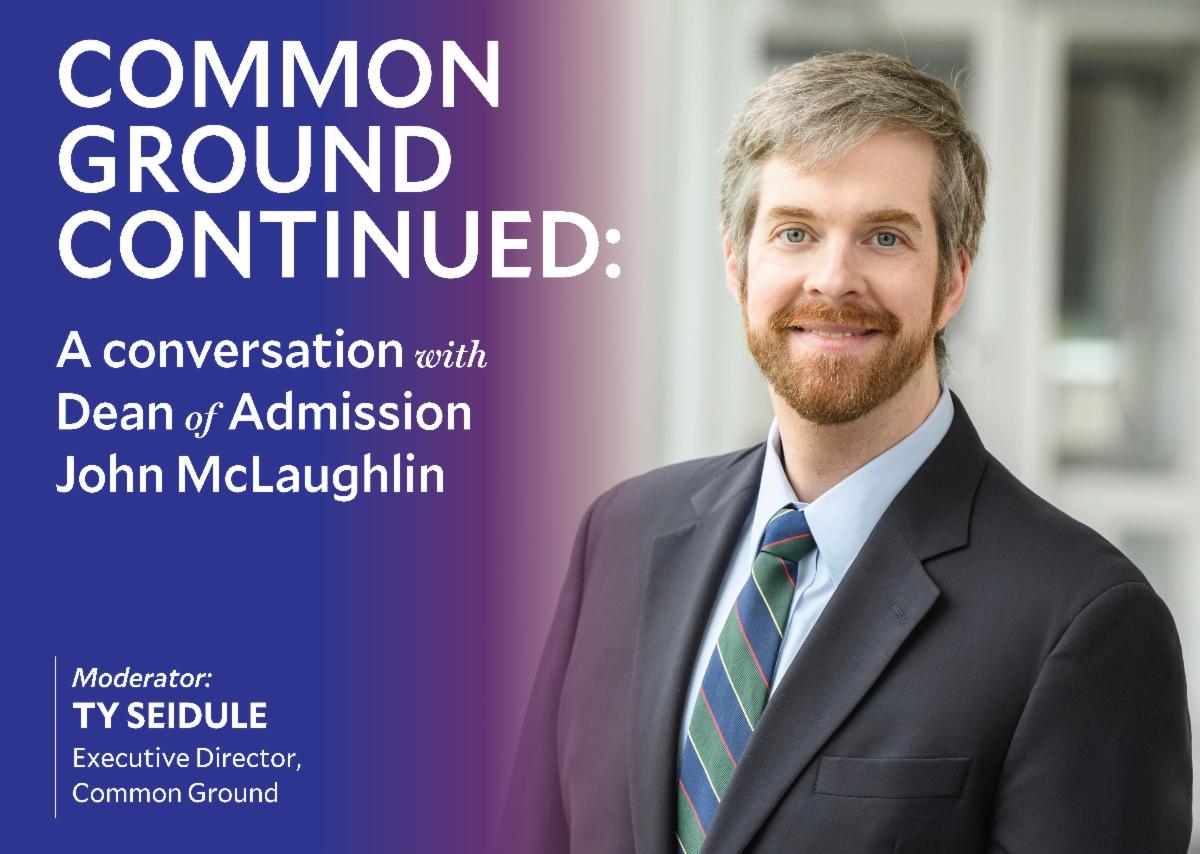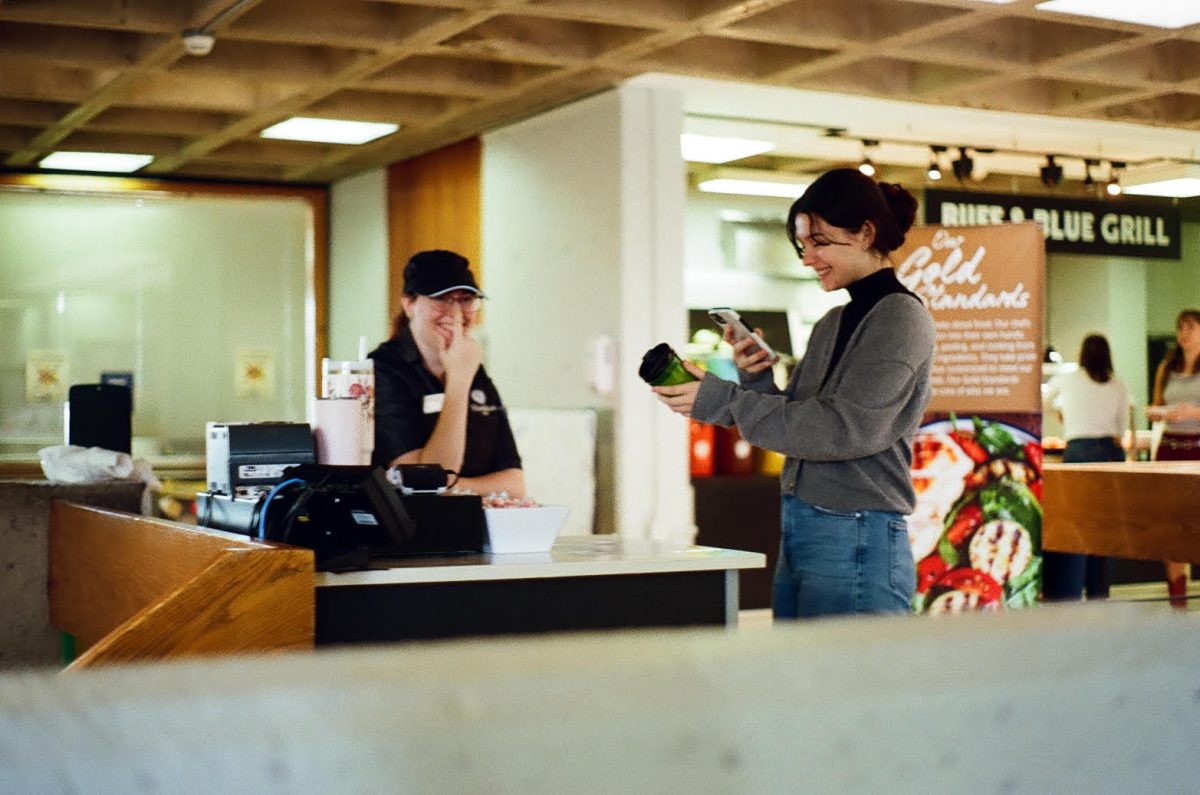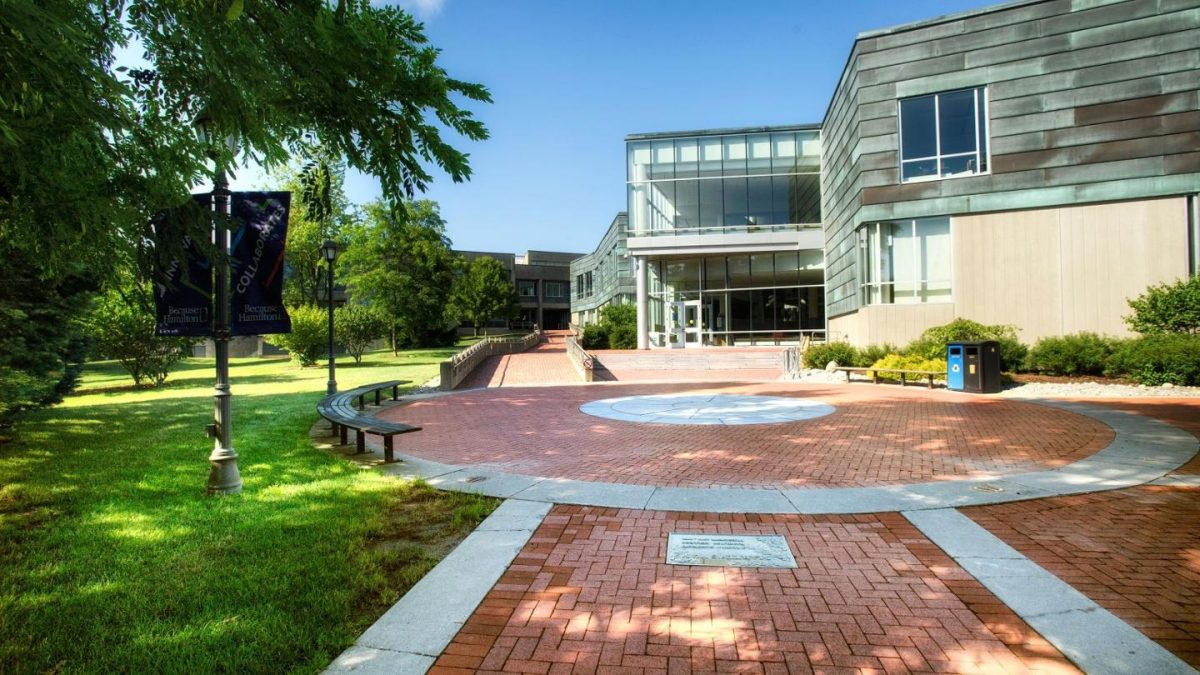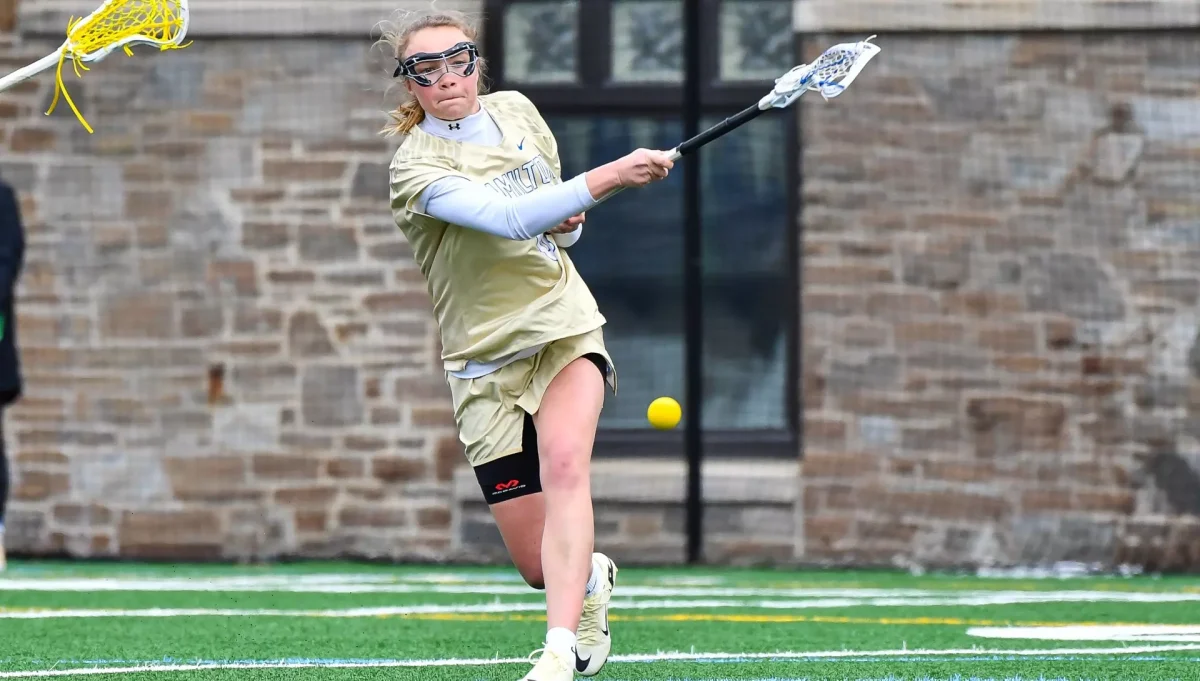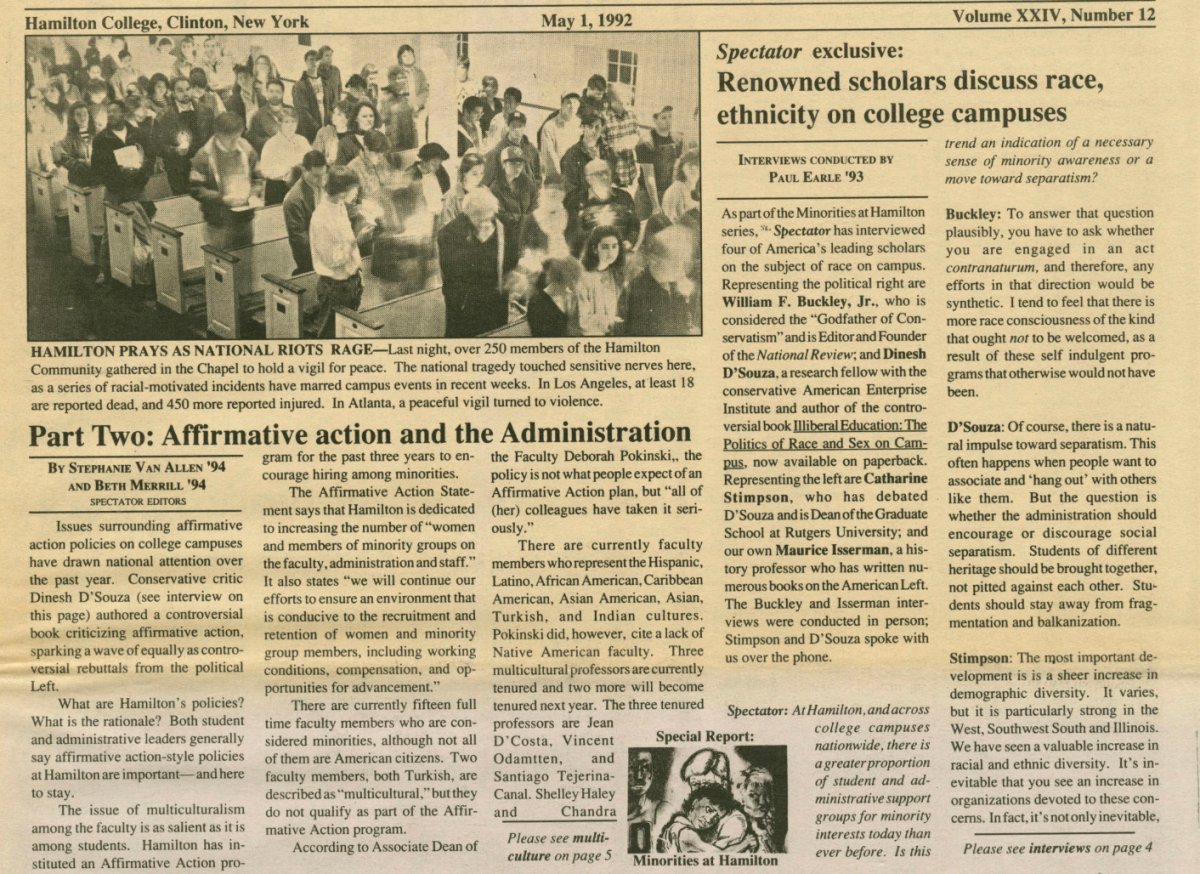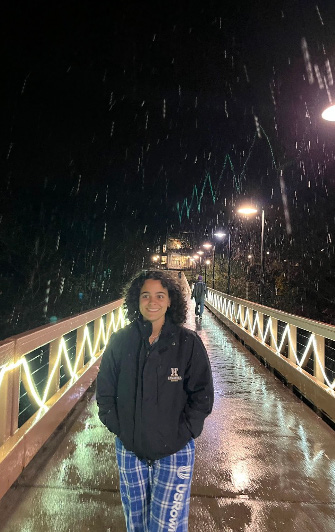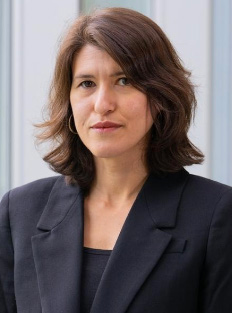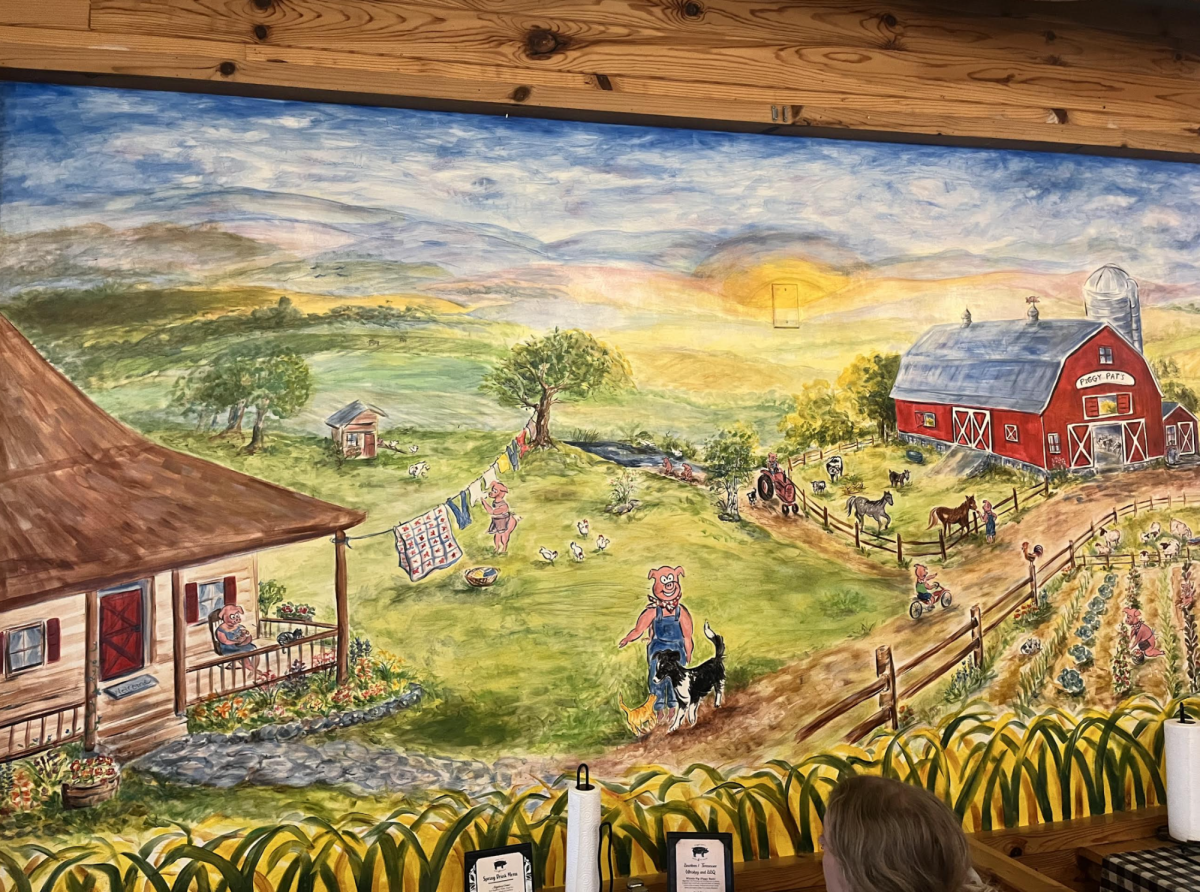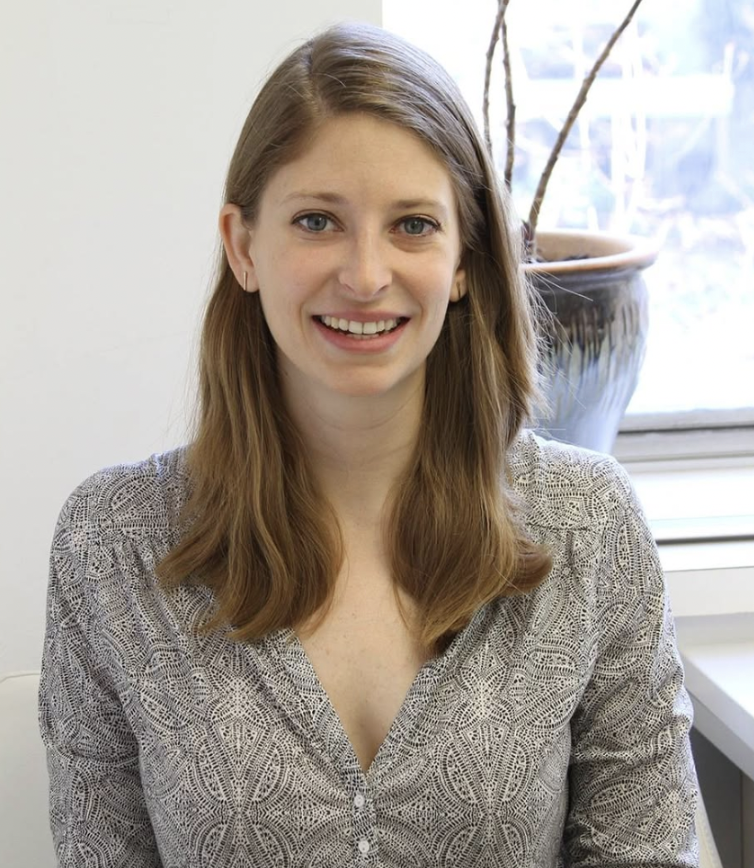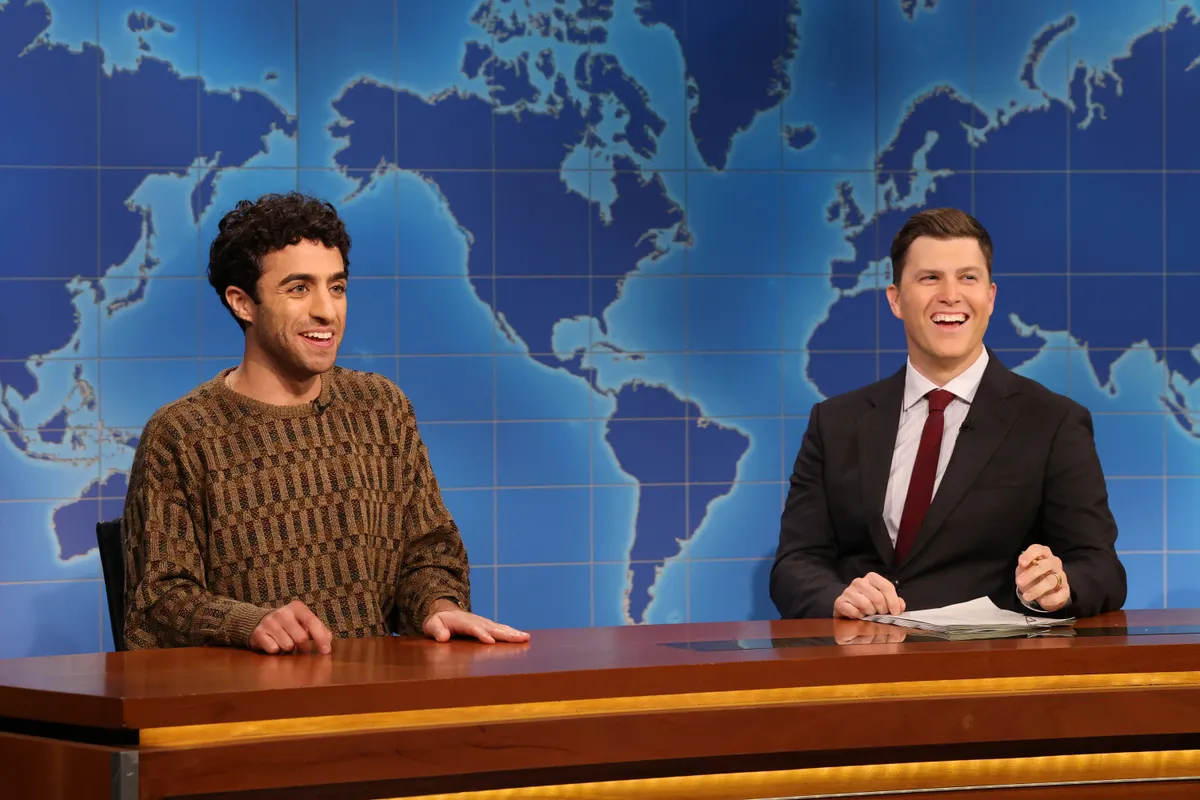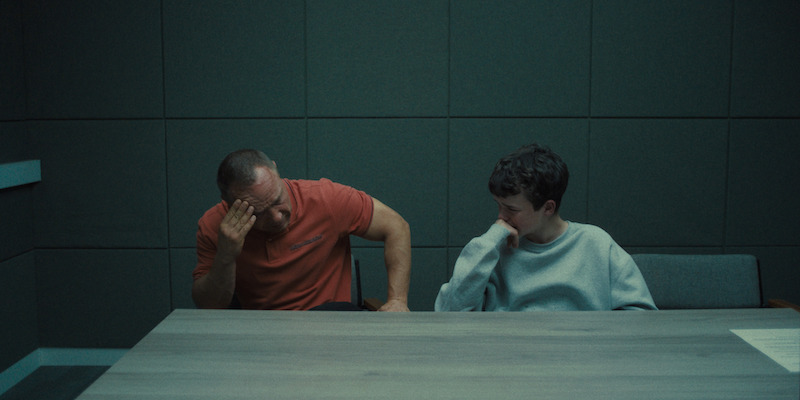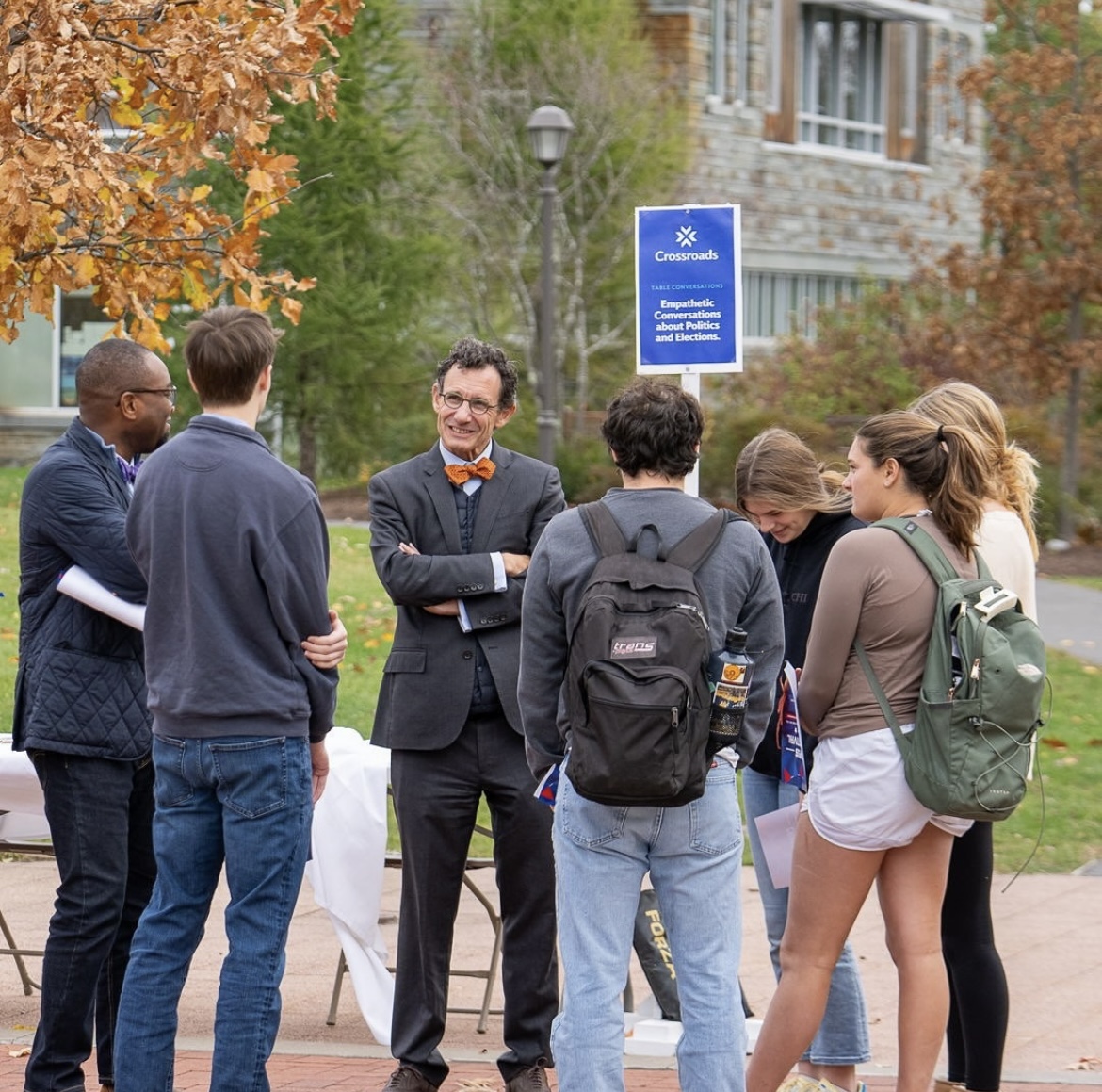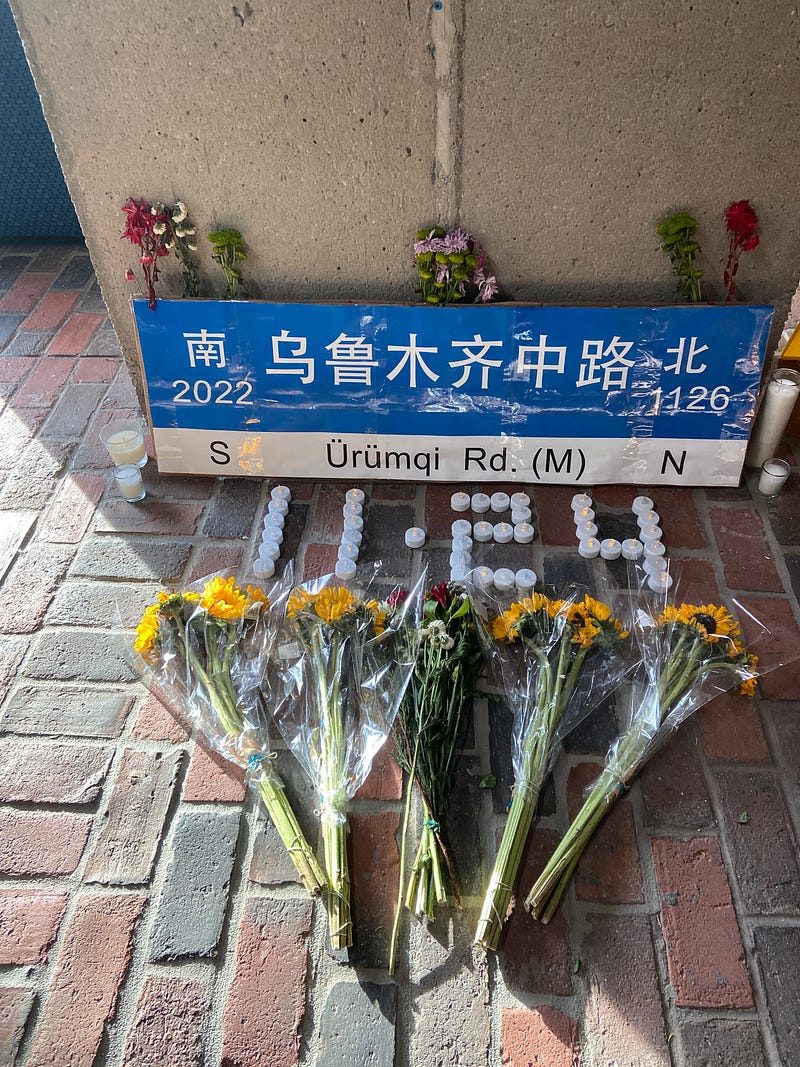
On Friday, Dec. 2, students gathered around KJ Circle to commemorate the deaths of those lost at the hands of China’s zero-COVID policy. Several Chinese international students were inspired to organize the vigil after a fire broke out in the city of Ürümqi in the Xinjiang region of China on Nov. 25. This fire killed ten individuals and injured nine additional people. It took firefighters three hours to extinguish the fire. Many people attributed the delayed response to China’s zero-COVID policy. As a result, this fire caused severe unrest to the zero-COVID policy, though agitation about the policy had been brewing for some time.
In an effort to stop the spread of COVID-19 in China, the Chinese government has implemented mass testing, quarantined the sick in government facilities and imposed strict lockdowns that can span entire cities. These policies have remained in place far longer than the rest of the international community. Protesters have noted that the policies have caused negative consequences in the country. Several cities in China, like Yining, have faced shortages of food and other necessities. Protesters claim the policy has negatively affected the economy by causing intense supply shocks, disrupting supply chains and causing mass youth unemployment.
In response to the tragedy of the recent fire and the strict COVID policy, thousands of protesters have taken the streets in China, making these protests the largest protests in China since the Tiananmen Square protests in 1989. Hamilton students demonstrated solidarity with the protesters by gathering at the KJ circle for a vigil. At the vigil, Chinese international students, many of whom would like to remain anonymous, remarked about the life threatening challenges connected to the zero-COVID policy, such as a bus transporting people to quarantine that ended up crashing and killing many of its passengers.
On Dec. 7, the Chinese government responded to the protests in China by relaxing the zero-COVID policy. Mass testing will only be required in high risk areas, as opposed to all regions of the country. People who are infected with COVID will now be permitted to isolate at home rather than makeshift isolation facilities and hospitals. Now, local officials cannot impose lockdowns or restrict movement in areas that have not been deemed high risk. In locked down areas, authorities have been specifically prevented from blocking fire escapes and public exits. These measures are likely a compromise to the widespread protests.

